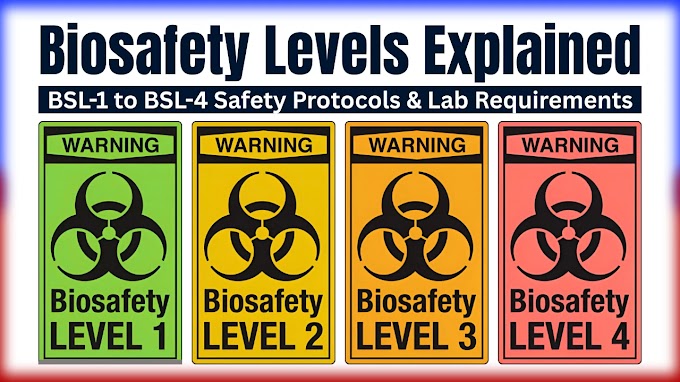by Microbiology Doctor-dr
Molecular Biology
Unit 1: Genome Organization
PLASMIDS
- Plasmids are small, extrachromosomal, double-stranded circular or linear molecules of DNA.
- They are observed in many bacterial species, and in some species of fungi and higher plants.
- They range in size from 2 -100 kilo base pairs.
- They are self-replicating and independent.
- During cell division each daughter cell receives at least one copy of a plasmid.
- They are usually not essential for growth of the cell in which they are found and may have parasitic or symbiotic with their host cell.
- Usually plasmids are circular but a variety of linear plasmids have been isolated. For example Claviceps purpurea, a fungus found on rye has linear plasmid pC1K1.
Classification of Plasmids
- Plasmids are classified on the basis of various criteria e.g.,
- R plasmids confer resistance to bacteria against some anti-bacterial drugs.
- Col plasmids code for anti-bacterial proteins (colcinins).
- Degradative plasmids code for variety of catabolic enzymes.
- Virulence plasmids increase virulence of bacteria.
- Fertility plasmids (F plasmids) can transfer from one bacterium to another through sex pilus during conjugation.
- Sometimes during conjugation F plasmids carry a piece of chromosomal DNA to recipient bacteria resulting in genetic recombination.
- Plasmids are important vehicles for recombinant DNA technology to multiply or express particular genes of interest.








